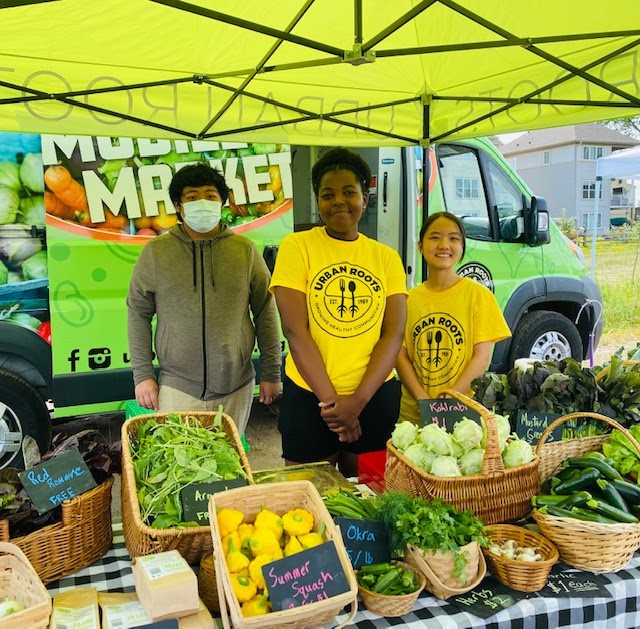For more than 75 years, F. R. Bigelow Foundation has sought to enhance the lives of individuals in Saint Paul and the surrounding area. Under the guidance of its current chair Terri Thao, it has deepened its impact on lives and culture of East Metro communities by providing financial support in the areas such as arts & culture, community & economic development, education & youth development, health, housing, and human services.
Recently we had the opportunity to sit down with the current chair and incoming chair Ambar Hanson about the Foundation, its legacy and their hopes for the future.
Reflections from Current Chair Terri Thao
Leading a Foundation with a Strong Legacy
I am a second generation Hmong American woman from Saint Paul’s Frogtown neighborhood, who has served on the Foundation board for 10 years. This past year I served as chair of the Foundation.
The mission and legacy of the Foundation is to enhance the quality of life for those living in the East Metro area by being a responsive grant maker to the demographic, economic and organizational changes in the East Metro.
Our longevity means that we have done long-term investments in initiatives, organizations and places in the East Metro. One example of place-based development is in downtown Saint Paul. As the market moved downtown to having less retail commerce, we have funded organizations like the Saint Paul Riverfront Corporation to engage, envision and implement what a new downtown could look like.
Driving Force Behind the Work
Like many other Twin Cities funders, we are aware of the many different disparities vulnerable populations face. The East Metro itself has greater disparities by race, education and income than even the West Metro given our younger and more diverse population. This data fuels our efforts to fund groups that serve and are often led by marginalized groups such as communities of color, seniors, LBGTQ folks and the disability community. We are also a very engaged board with many community connections and relationships that help inform the quantitative analysis behind East Metro.
Shifting the Culture to Better Serve the Community
Since the early days of the pandemic, the Foundation has shifted to providing general operating dollars for organizations in the East Metro, and I believe that is a shift that is going to stay. Nonprofit organizations are working with the increased complexities the economy and COVID has brought to East Metro residents, many of whom were in precarious situations before the pandemic started. General operating funds offer flexibility for nonprofit organizations.
Proudest Moment
One of my proudest achievements was being part of the creation and growth of the Linking Leaders initiative, designed to assess and understand the gaps between leaders of color and leadership opportunities across sectors within the East Metro.
Reflections from Incoming Chair Ambar Hanson
New Beginnings
Ambar, the Foundation’s new board chair, has had a connection with the organization since the beginning of her professional career. While working to address the education opportunity gap in the Twin Cities, she joined the Board and was quickly drawn to the work of philanthropy. She had the opportunity to learn about impact investing and the importance of putting not only grant dollars but also the endowment to work toward positive outcomes and the overall mission of the Foundation.
Plans as the Incoming Chair
As incoming chair for the Foundation, I hope the board, in partnership with staff and community, can continue working toward refining the Foundation’s goals and strategies to meet its mission of fostering a vibrant East Metro region through both the grantmaking and the investments of the Foundation. This is essential to ensuring transparency and accountability to our communities and it is a great honor to be able to be in this space.
Hopes for the Future of the Foundation
The Foundation has been a leader in the work of centering investments through both grants and loans that prioritize geography, equity and impact in our communities and our region overall. While this may sound simple, it has been an incredibly bold and big challenge to take on. I’m proud of the work Foundation staff and board have done to go deep into this work, and after several years of learning, we are in a great position to continue to create stronger and bolder strategies in our impact investment work.
In philanthropy, we often are focused exclusively on the grantmaking side, which encompasses about 5% of the assets of a foundation. This is unfortunate. While 5% of the assets can do some good in the community, it is critical that in philanthropy, we shift our definition of success from one of growing an endowment as the priority to ensuring the endowment is working in alignment with the mission and values of the foundation and defining success as both a greater return on investments and positive social change. This is especially important for foundations that exist in perpetuity.

